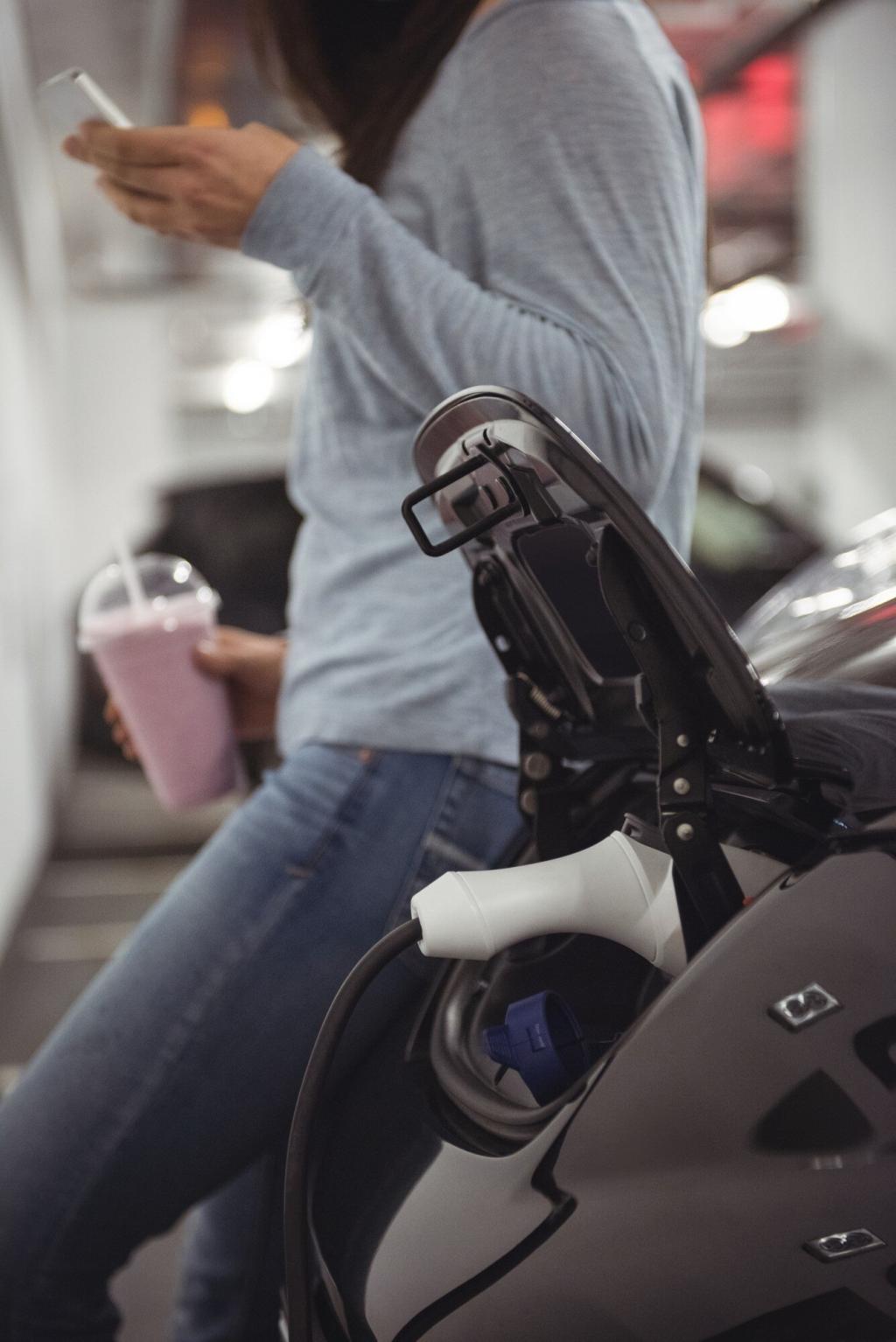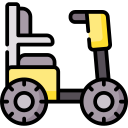
Smooth Rides Ahead: Lubrication Tips for Electric Scooter Parts
Chosen theme: Lubrication Tips for Electric Scooter Parts. Welcome to your go-to guide for keeping every moving piece of your e-scooter gliding quietly, safely, and efficiently. From hinges to bearings, we’ll help you prevent wear, silence creaks, and extend component life—so your commute feels brand-new. Share your model and maintenance routine in the comments, and subscribe for upcoming deep-dive guides.

Grease vs. Oil vs. Dry Film
Use quality grease for bearings and pivots that need staying power, light oil for precision pivots and levers, and PTFE or dry-film lubes where dust and dirt are common. Tell us which option works best for your environment.

Viscosity and Temperature Matter
Cold mornings thicken heavy lubricants, while summer heat can thin them too much. Choose a viscosity rated for your climate to maintain smooth motion through seasons. Comment with your city and we’ll suggest a suitable weight.

Compatibility with Plastics and Rubber
Some petroleum-based lubes swell seals and soften bushings. When near rubber boots, O-rings, or plastic housings, favor silicone-safe or PTFE-safe products. Check your scooter’s manual, and ask fellow readers if they’ve tested your preferred brand.

Periodically remove wheels, wipe away contaminated grease, and repack sealed or serviceable bearings with a high-quality lithium or synthetic grease. Maya from our community halved rolling noise after a careful repack—share your before-and-after results.

A thin layer of grease on headset bearings prevents notchiness and keeps your bars centering gently. If turning feels gritty or heavy, it’s time to clean and lube. Post your model if you need torque specs or diagrams.

Hub motors often use sealed bearings. If you hear persistent growls after tire checks and wheel truing, consult a professional for bearing replacement rather than forcing lubricant inside seals. Ask the community for reputable service centers in your area.
Folding Joints and Hinges
Apply a small amount of PTFE or light grease to hinge pins and bearing surfaces, avoiding any contact with friction-based locking faces. After riding a creaky week, I treated one hinge and the silence was immediate. Try it, then report back.
Clean threads and pivot points, then add a drop of oil for smooth operation. Wipe excess to prevent grime buildup. A reader’s latch misalignment vanished after cleaning, not tightening—sometimes friction, not force, solves the issue.
Creaks travel through the frame. Lubricate one suspect point at a time, test ride, and listen. Mark improvements in a log. Share your diagnostic steps in the comments so others can replicate your success across different models.

Brakes and Cables (Without Compromising Stopping Power)
Add a single drop of light oil at lever pivot points to smooth actuation. Immediately wipe any run-off. One commuter reported a more predictable modulation after this tiny tweak—tell us if your braking felt more controlled afterward.

Suspension, Swingarms, and Linkages
Wipe stanchions and dust seals, then apply a suspension-safe lube sparingly to reduce stiction. Internal service is best left to manufacturer specs. Tell us your model, and we’ll crowdsource service intervals from experienced owners.


Suspension, Swingarms, and Linkages
Disassemble annually, clean, and grease pivot hardware to maintain tight handling without squeaks. A rider in a rainy coastal city doubled bushing life by re-greasing every three months—what interval works in your climate?
After Rain: Dry and Lube Routine
Gently hose off grit, dry thoroughly, and re-lubricate exposed pivots. Focus on hinges, latch pins, and external bearings. A five-minute post-storm ritual prevents hours of future fuss. Share your quick routine to help new riders learn fast.
Dielectric Grease for Connectors
Apply dielectric grease to battery and lighting connectors to guard against moisture and oxidation, without using it as a conductor. One night ride survived a heavy downpour thanks to protected plugs—subscribe for our electrical care checklist.
Storage and Seasonal Care
Before long storage, clean, lightly lube moving parts, and protect exposed metal with a corrosion inhibitor. Revisit lubrication before your first spring ride. Tell us your storage setup, and we’ll recommend a tailored maintenance plan.
